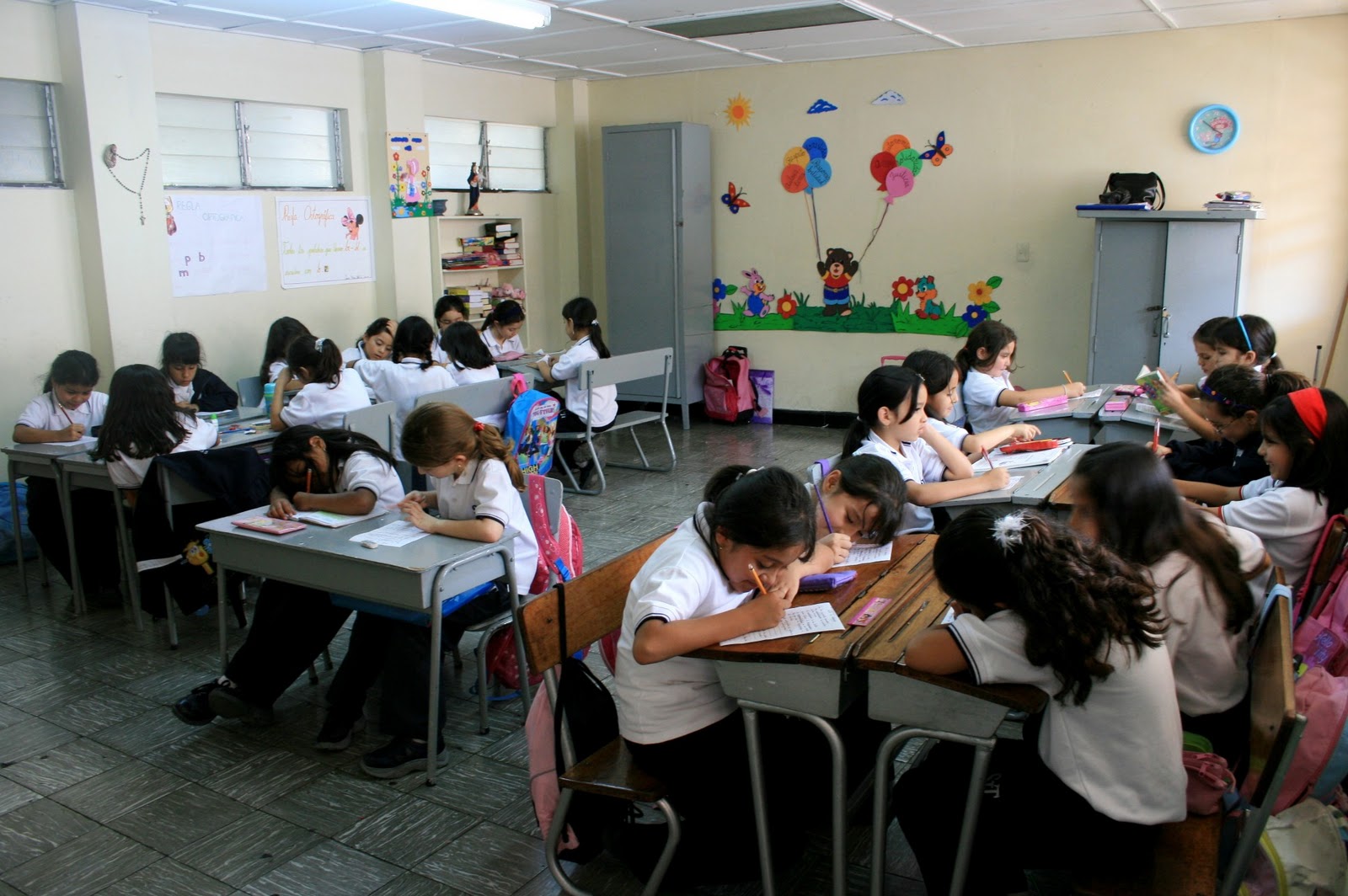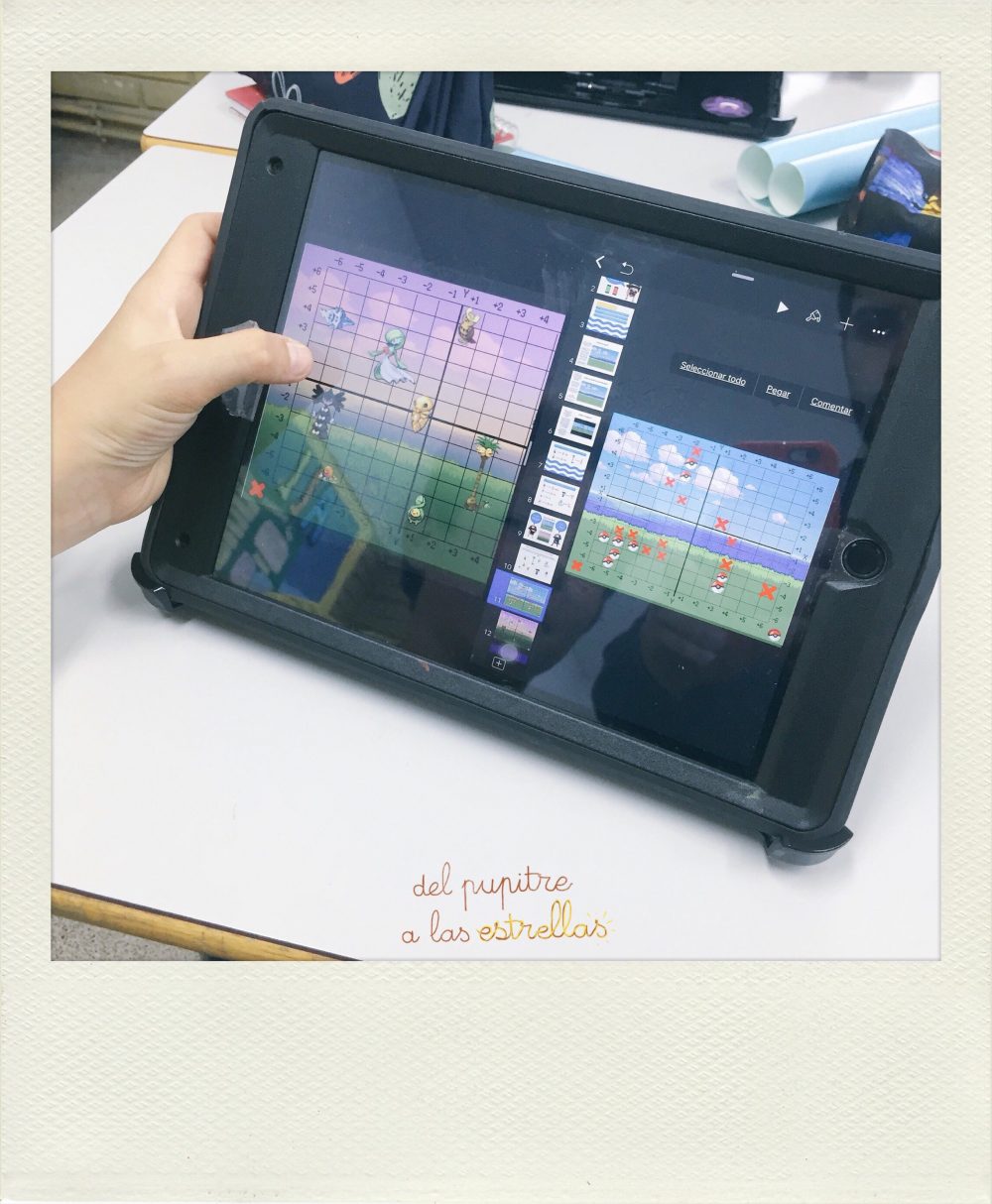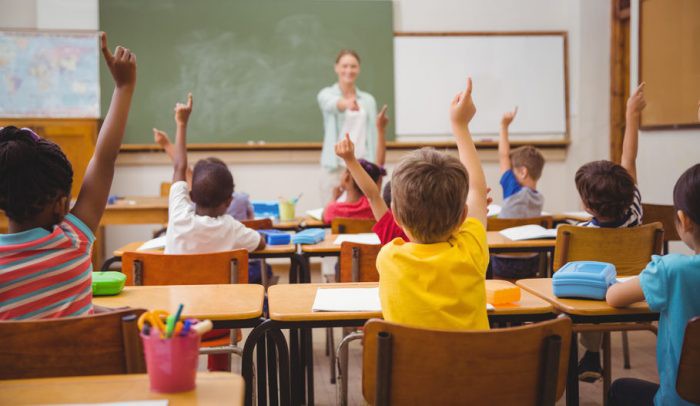
Hello everyone!
📽️ In today's post, we will comment on the following video: Érase una vez... La medición del tiempo. This first part lasts about 25 minutes. As we talked about in the previous post, in it we are going to find out our friends discovering the measure of time in different parts of the world, as well as in different periods of time in the human life.
As we said in the previous post, although we found enough content related to the topic we want to work on, as an introduction is being made to the topic, in class we will do the same with the students, thus making an introduction to Measurement. Therefore, the type of game or activities that we do for this part must be motivating for the students and that they transmit curiosity to know the contents that will come next in the subject.
Since our friends in the video travel through the time, we will tell the students that we will also do a journey to these ages in order to know "how did they measure the time?" In this class we will do games and activities to introduce the measure to the students. All these contents are related with the history subject, so you can mix the classes so as to the students do not lose the motivation but to review and learn new contents. In addition, we will do 3 experiments, with which the students will be fascinated and motivated for later classes.
First of all, it is important to make an introduction in the topic, it is necessary to explain the contents that we will deal with. For that reason, we can use this web page where the conversion of units in the time system is explained, so we can explain to the students in a brief introduction how we will do the exercises below.
⚗️ EXPERIMENT: for the experiments that we are going to carry out in class we will continue working the measurement of time but this time the students will build their own clocks. In the video we can see the different clocks that have existed in history until reaching the current "smartwatches", but to understand what we have now we must look back in time.
That is why the first watch that we will create will be a solar one, the manufacture of this watch is very simple so students can do it in groups or in pairs. In the following link you will find all the information to do it, so I leave this video where you can see the manufacturing process.

The next watch that we will build will be the water clock or clepsydra, following the timeline created in the history and in the video. This clock is also very easy to do, being able to follow the same grouping as in the previous one. The following video explains step by step how to create it as well as the necessary materials for it.

Finally, we will create an hourglass. As I said before, in this link I leave you a video where you can see the creation process.
I hope you stay and help us in this exciting trip through The Time!
Marta 

📖 GLOSSARY: clepsydra: in ancient times the sun was used to measure time during the day, but sundials weren't much help after dark, so peoples around the world invented clocks that used dripping water to mark the hours. In one kind of water clock, possibly invented by the Chaldeans, a vessel was filled with water that was allowed to escape through a hole. The vessel's inside was marked with graduated lines, and the time was read by measuring the level of the remaining water. The ancient Greeks called their water clocks "klepsydra" ("water thief"), which comes from "kleptein" ("to steal") and "hydōr" ("water"). English speakers stole "clepsydra" from the Greeks in the 16th century, but actual water clocks have become increasingly rare.











